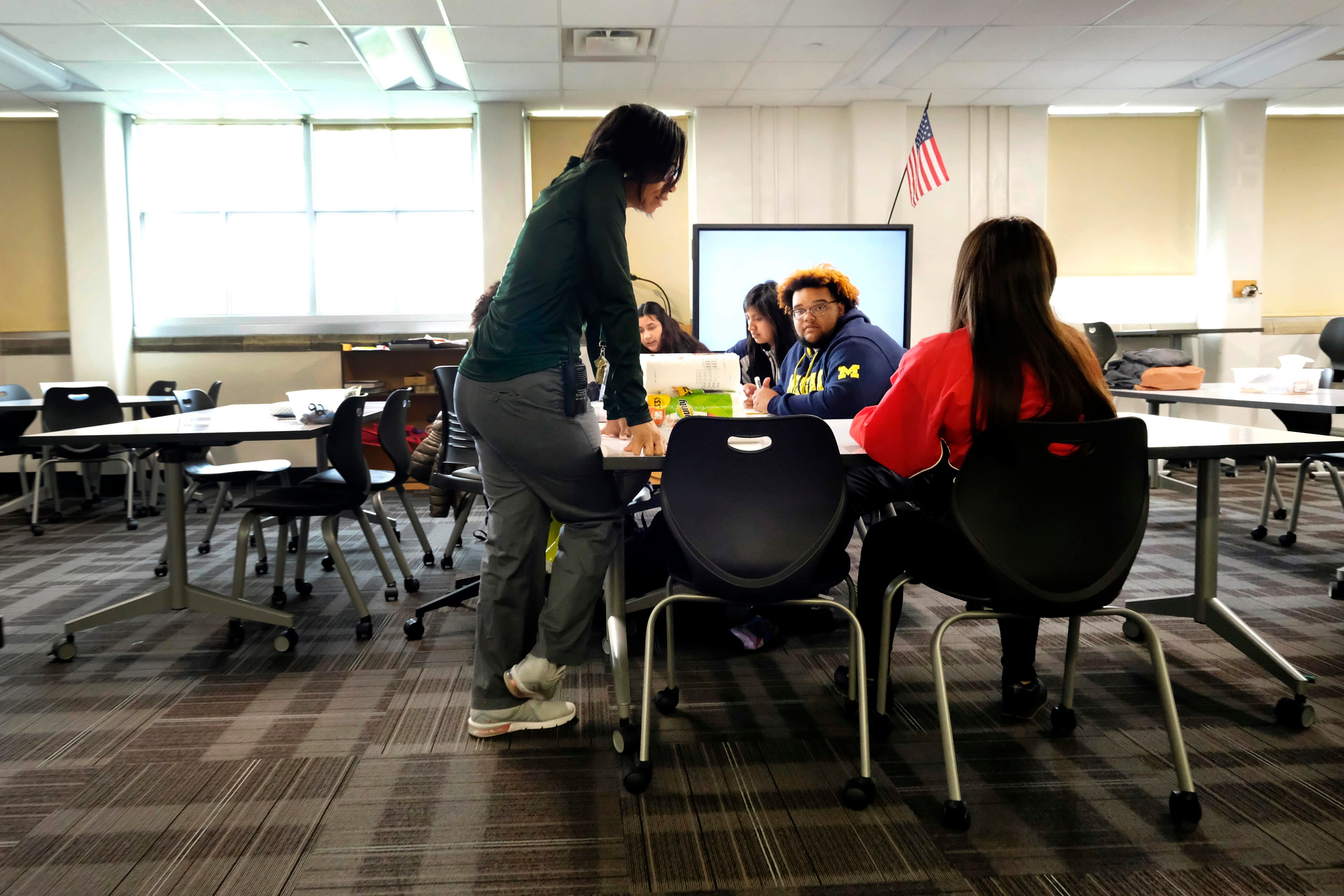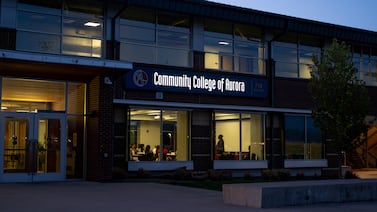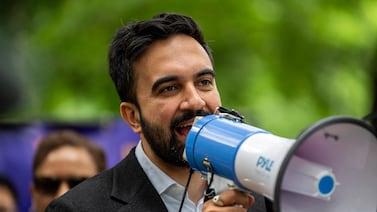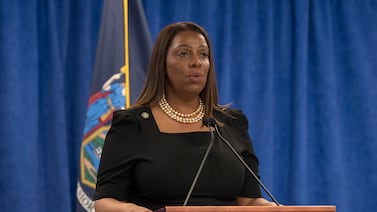To her relief, Elissa Levy’s ninth graders remembered how to make friends when they returned this September to East Harlem’s High School for Climate Justice.
But after spending prolonged time out of the classroom during the pandemic, they seem to have forgotten how to “do” other parts of school, the physics teacher said.
Many are about four or five years behind academically, as opposed to the past when her students were about two to three years behind. Some have been cutting class, hiding in bathrooms and stairwells during the day. Those who show up have been spending class time dancing to TikTok videos, doodling on furniture, and generally acting out.
Levy is trying everything in her toolkit to help them feel engaged in coursework again. One thing that’s helped is a practice known as cogenerative dialogues, or cogens, for short, in which teachers hold formal conversations with groups of students with an explicit goal: to create a plan of action aimed at improving learning and classroom community.
“Your whole life, school is a given. Even if you don’t like it, you have to do it. But then it disappears for 1.5 years,” Levy said. “So when it comes back, you have less patience for it.”
Popularized by Christopher Emdin in his 2016 New York Times best-selling book “For White Folks Who Teach in the Hood…and the Rest of Y’all Too,” cogens can vary from teacher to teacher, but the practice often hinges on shifting the power dynamic. It creates space for students to critique what is or isn’t working in the classroom, and for teachers to incorporate that feedback into their instruction.
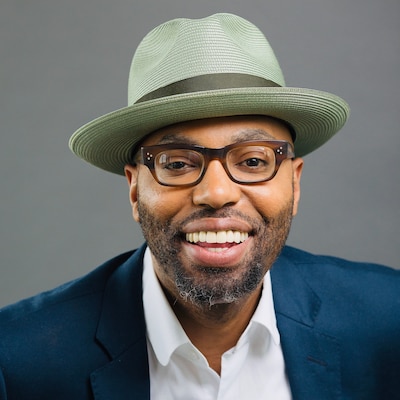
School leaders in New York City and across the nation have been reaching out “more than ever before” about cogens, said Emdin, a professor at the University of Southern California and Scholar/Griot in Residence at Manhattan’s Lincoln Center for the Performing Arts.
Emdin previously had featured cogens prominently in his work, but saw less traction, with school leaders often saying they had to focus more on standardized tests. However, more schools now are taking a closer look at the practice as districts elevate social-emotional learning as a way to address the startlingly high student mental health and academic needs exacerbated by the pandemic.
“We tell teachers all the time it’s important to build relationships with kids,” Emdin told Chalkbeat. “Teachers say, ‘How?’ What the cogens allow you to do — it gives you a way to invite different students in. It gives a set of practical tools to get to a big idea.”
In a cogen, no voice is more important than any other, and everyone gets equal turns to talk, Emdin explained. The practice gives students a chance to vent, as well as teachers, and in doing so, it helps the teachers develop more care for their students and vice versa.
Giving students a say — “in a world where they’ve been robbed of agency and power and they’re just passively receiving information” — can be transformative, he believes. “It gives the opportunity to meet those emotional and psychological needs while delivering the content.”
More importantly, it’s not costly to implement.
“You don’t have to buy a new curriculum or iPads,” said Emdin. “I love giving professional development, but there’s no better PD you can get than from a cogen. That is probably the most essential piece: the experts are your students.”
‘Cogens build empathy’
For Levy, holding cogens has enabled her to better understand the everyday realities of her students and how those shape their experience in the classroom, so if they’re not handing in assignments, she feels better equipped to respond.
“Cogens build empathy,” said Levy. “The first thing you say isn’t, ‘Please focus.’ It’s: ‘How are you?’ It might be that you need a break or guidance, or are confused or maybe other things are just more important to you right now.”
She, too, has seen the practice gain traction as educators grapple with this particularly rough time for many students across the nation. Levy recently co-facilitated a four-part workshop with Bronx algebra teacher Brian Palacios for Math for America, a nonprofit focused on building community among the city’s accomplished math and science teachers. Both learned the practice from Emdin’s book but have never talked with the professor, calling him the “Beyonce” of the education world. Levy’s also discussed cogens with some national groups, including the Underrepresentation Curriculum, STEP UP (APS Physics), and RedesignU.
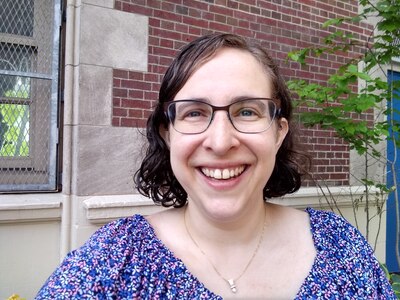
Levy, who switched to education from corporate America five years ago through the New York City Teaching Fellows program, quickly adapted to the classroom, becoming an instructional coach and winning a prestigious early career fellowship from Math For America. She began using the practice three years ago, as part of a schoolwide initiative. That didn’t last, but Levy stuck with the practice and is doing cogens in various forms about once a month.
During some cogens, for example, Levy will order Domino’s pizza for a small group of students, some she knows well, some who are less involved. They’ll talk about life and what gets them out of bed in the morning. She’ll listen to their experiences, and together, they agree on how to improve class moving forward.
After one fall cogen, Levy and her students agreed to begin class with an 8-minute “chill time,” in which she allowed her students to hang out and be on their phones. A big part of allowing them to do that was because they didn’t seem to have the stamina for back-to-back 45-minute classes. She hoped the shift would lead to more sustained engagement for the rest of the class.
It didn’t necessarily pan out that way, but that practice had its benefits. It allowed her to spend one-on-one time with students at the start of class and help deepen her relationships with many students, she explained. While cogens haven’t erased this year’s challenges, she still feels like they’ve helped her be more responsive to her students’ needs.
“I think my students need group therapy more than they need my physics class most days. It’s a way of approaching that space that teachers are not prepared for — it’s not something we trained for,” Levy said, explaining how she’s often needed to be more like a social worker this year. “Cogens are a small thing I’m doing that makes things maybe just a little better. I understand how little their coursework seems to matter in their lives right now because of the weight of life.”
‘It lit up my instruction’
For Palacios, an algebra teacher at the Bronx Center for Science and Mathematics who blogs about his weekly cogens, the practice has been a game changer.
He had read Emdin’s book several years ago but wasn’t ready to put it into practice until re-reading it last summer and trying cogens when his students were learning remotely.
“It was a bright thing that came out of a dark time. It lit up my instruction,” Palacios said.
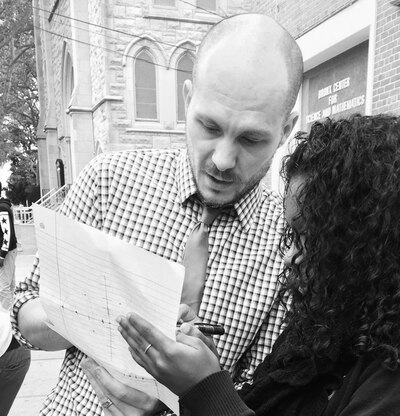
With his students, he devised this year’s homework policy, tutoring schedules, and several lessons. He used cogens to help him shape a math project about farming loans incorporating compounding interest that brought social justice into his class by focusing on the systemic racism of the farming industry.
After kicking off the project and debriefing with his students, he saw that they were less engaged in the activity than he thought they would be. He realized the lessons weren’t reaching them not because of what they said, but because of what they didn’t say, he explained. Seeing their mood and lack of enthusiasm, he had a “breakthrough” and pivoted: Instead of following fictional farmers of color, he had the students assume the role of farmers while he pretended to be the U.S. Secretary of Agriculture.
The role-playing aspect sparked more “joy,” and helped them both understand the math and the inequitable treatment of the farmers of color, he explained.
For Palacios, the feedback he gets from his students has been more helpful in transforming his instruction than other kinds of professional development in which he’s participated. It’s important to have a space away from the “teacher world” where it’s just educators talking to each other and instead to create a place that invites students to the table and then “actually” listen, he believes.
“When I collaborate with teachers, that’s valuable,” Palacios said. “But the cogen allows me to tap into the students. It helps me see how I can adjust and be more responsive. It’s kept me solution-oriented. It’s fueled me.”
His advice to other teachers: “Just listen to students. They’ll give you what they need.”
Amy Zimmer is the bureau chief for Chalkbeat New York. Contact Amy at azimmer@chalkbeat.org.

